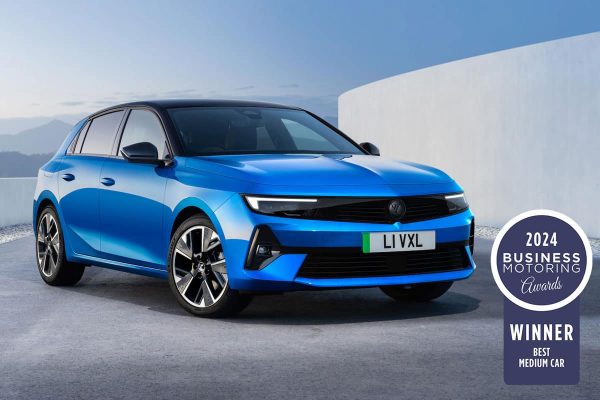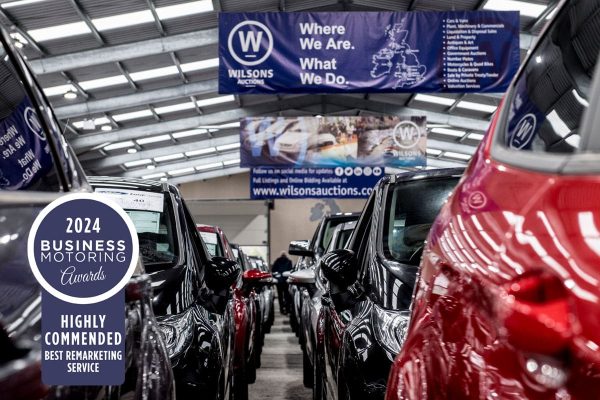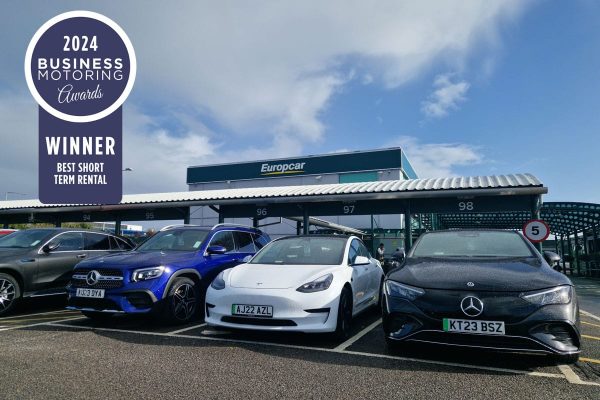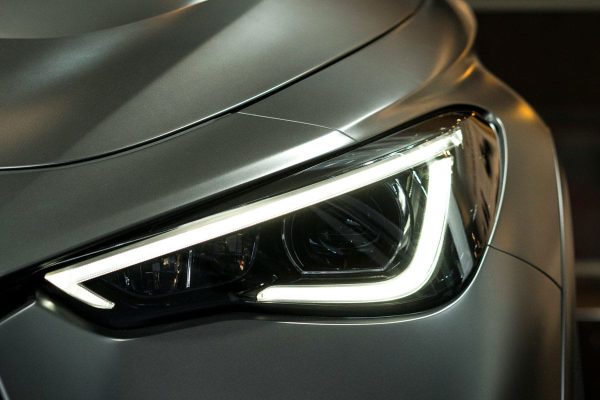NO longer does choosing a sportily styled car mean a big company car tax bill. The new range of low emission cars from Volvo combines both desirability and low benefit in kind company car tax, explains Volvo’s national sales manager Selwyn Cooper.IT’S not an oxymoron to be talking twin tailpipes, big alloy wheels and a sporting appearance in the same breath as low benefit in kind company car tax.
That’s according to Selwyn Cooper, Volvo’s man in charge of corporate and business car sales, who reckons your company car drivers can enjoy both without being incentivised to choose a company car that is more fuel efficient – or to use Selwyn’s terminology, ‘greener’.
In other words, green doesn’t have to be boring.
“Drivers don’t want to compromise on specification, comfort and driveability by going for a green model,” reckons Selwyn Cooper. “How the car looks and a long list of toys is what many drivers want.”
It’s certainly at the heart of most small business company car decision making I come across: how to get the best car for the least amount of tax – and for the best value price.
Volvo, like many car makers, has developed a sports appearance to smarten up the appeal of their cars. Audi has S line; BMW its M Sport designation. For Volvo there’s R-Design.
Where Volvo has really scored though is in its range of low-emission – read low company car tax and low running cost – range of DRIVe models coupled with R-Design. It’s been hugely successful.
During the first four months of 2011, DRIVe models accounted for four out of 10 corporate car sales, with 25% specifying the R-Design trim level.
“The car provides the right level of visual impact when parked on your driveway or in the office car park, has a high level of equipment as well as offering low benefit in kind company car tax bills through low emissions,” says Selwyn.
Which is why Selwyn believes there’s no need for businesses to offer financial incentives to move staff into lower emission company cars – even though Volvo research among larger enterprises with company car fleets has found just that.
“High spec, sporty looking low emission models are increasingly available which, if made available across the company’s business car choice list, shouldn’t force SMEs to incentivise drivers. Companies should automatically see an improved take-up without having to finance the change – and benefit from the lower running costs of more fuel-efficient models.”
And don’t expect R-Design to stop at the current low-emission DRIVe diesel models – available on Volvo models C30, S40, V50, S60, V60, XC60, V70 and S80 – Selwyn reckons we’ll be seeing sports-style electric cars and plug-in hybrids in the future.
“We are already in discussion with Volvo engineers to adopt the R-Design trim on these forthcoming Volvo cars,” says Selwyn.
It looks like lowering CO2 emissions – and saving on company car tax – has moved from worthy but dull to becoming well and truly in the fast lane.
Want a bit more on Volvo’s DRIVe R-Design range?
To read more on small businesses, company cars and Volvo’s range of DRIVe R-Design models, go to the Editor’s Blog Volvo and SME businesses.










